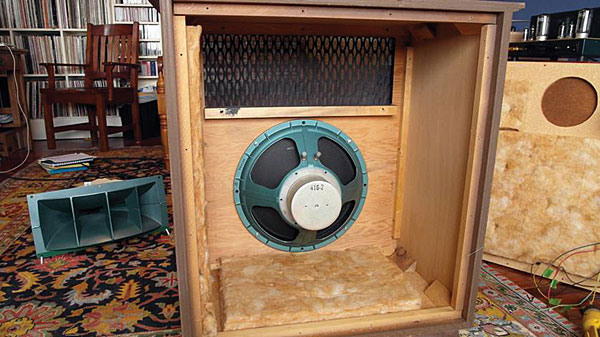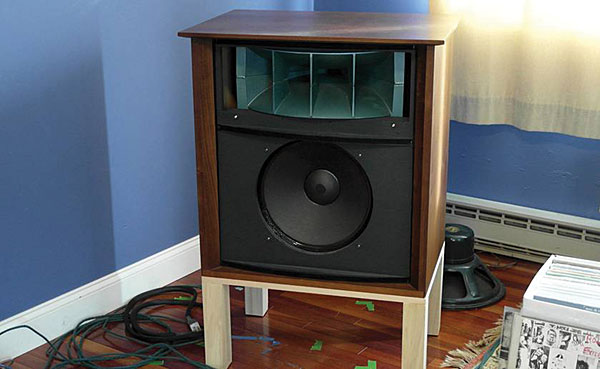| Columns Retired Columns & Blogs |
I recently fell in love with the big horn systems after decades of wide dispersion, dipoles, Apogee Stages, Magneplanars. They just sounded right on voices, but now it is the horns that sound right on voices. I used to dismiss all that complexity and expense of trying to eliminate the room from the equation. These systems, the Altec 19, the Altec Duplex, Belle Klipsch, EV Sentry III, JBL L200t3, UREI 809 and 811s, all deliver the goods with the immediacy of headphones--what's more they deliver excitement.
I would like to see JA take his analysis kit to the Valencias. What does that waterfall plot look like?








































